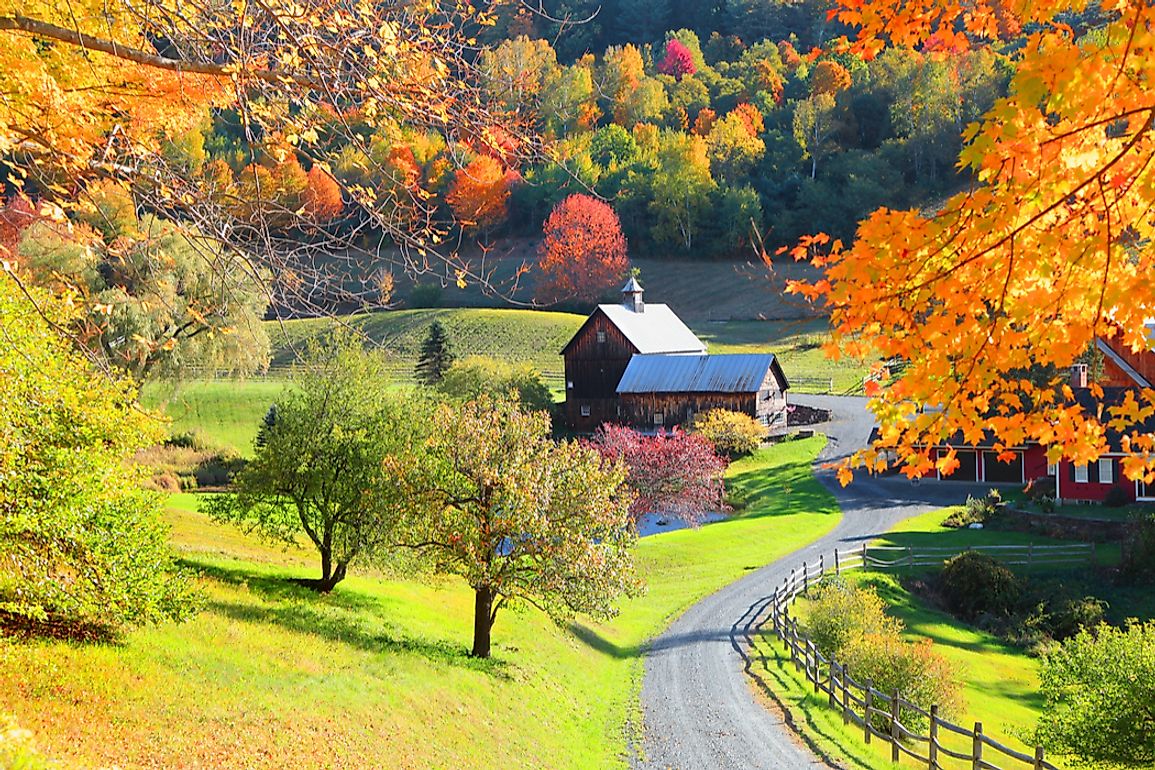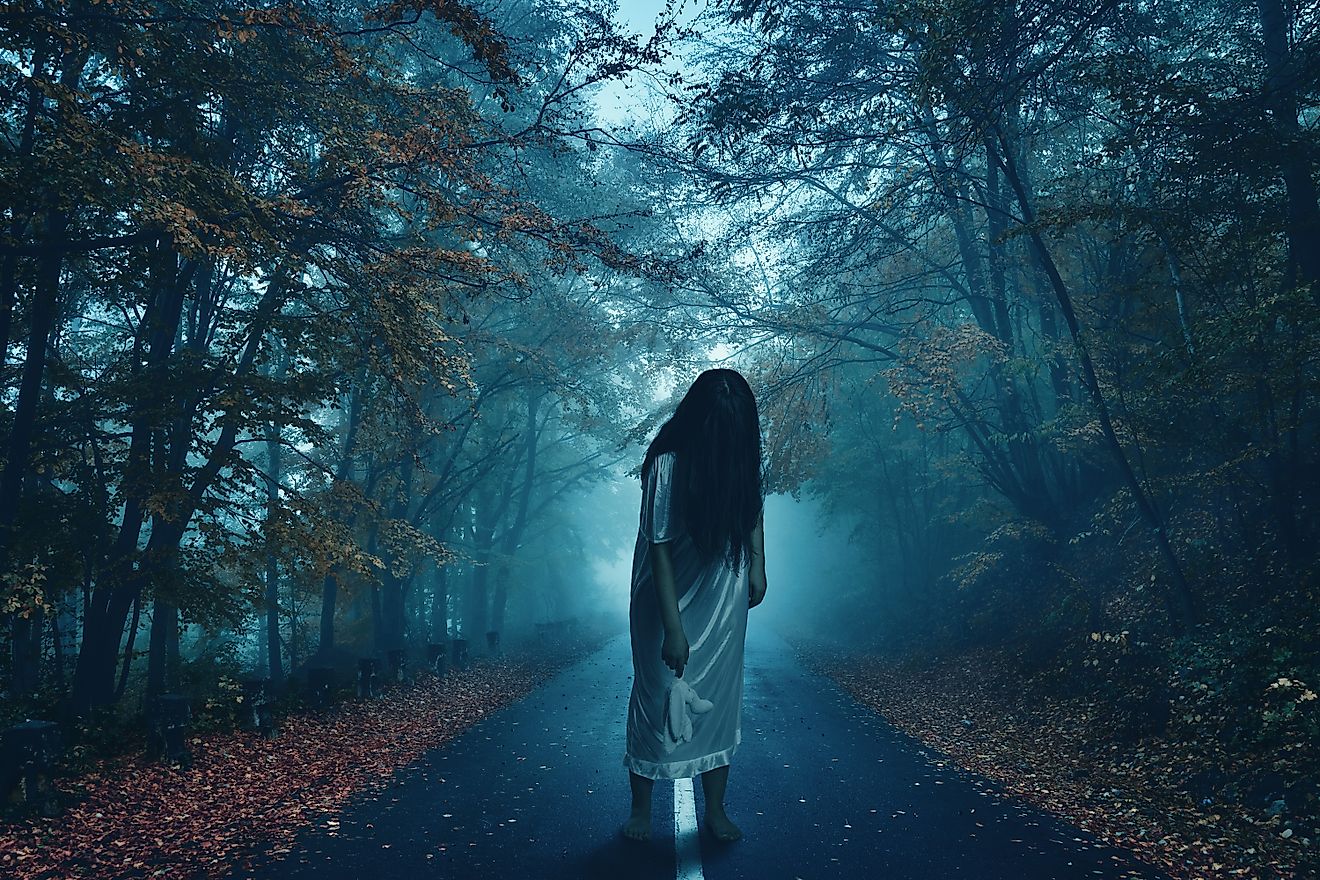Percentage Of Atheists In America By State

The role of religion in society has long been a hotly debated topic that often brings out a varying array of strong opinion. While there are many advantages and disadvantages of religion linked to a society, it cannot be neglected that being religious or non-religious does have an impact on a society and the collective thinking of the people therein. “Non-religious” should not be confused with the word “atheism” which is an entirely different belief system altogether. Atheist means someone who does not believe in god or any supernatural being whatsoever, whereas non-religious is defined as a person who does not have religion playing a major role in their life and does not frequently visit religious events or places. Furthermore, “agnostic” is a system of beliefs wherein individuals question the existence of the supernatural and divine, or otherwise believe it to be unknowable or beyond the scope of the human mind. Non-religious people say that religion has little or no impact on their life decisions and lifestyle, while people tagged as very religions affirm the presence of religion in their daily life. Very religious people who consider religion to be important in daily life often regularly visit religious places of worship or attend religious events.
Regional Differences in Worship
The United States is also the most religious country among the developed nations, with about 40 percent of its population categorized as very religious. Although the United States’ citizens are quite diverse in their religions and beliefs, it has been observed that religion follows strong regional and demographic boundaries and trends within the world’s largest economy. Around 30 percent of people in the United States fall under the category of “moderately religious”, while the remaining 30 percent do not consider religion to be an important part of their lifestyle and daily routines. The division of religious fervor in the United States in our investigation has been made through the use of surveys and reports of individuals’ worship patterns from various states in the country. Through such reports and statistical analyses, we have seen that the Northwest and New England states of the US tend to be the least religious in nature. In fact, most of the least religious states in the United States lie on or near the Northern half of the country’s coastline, whether that be Atlantic or Pacific.
Least Religious States
In a Gallup poll, citizens from across the US were surveyed to determine whether “religion is not important in their lives and say they seldom or never attend religious services." From this poll, Vermont and Maine were considered to be the least religious, as more than half of their respective respondents stated that religion was not very important in their lives. Closely following these two far northeastern US states in religious indifference or disbelief were New Hampshire, Massachusetts, Washington, Oregon, Alaska, Hawaii, Rhode Island, Colorado, and Connecticut, all of whom had more than 40% of their respondents state that religion was not a focal point of their regular lives.
New England and the Northwest: More People Indifferent, Atheist, or Agnostic
These states are in stark contrast in their belief patterns to the least religious states, wherein the top position goes to Vermont with around 56 percent of its population being registered under the category of “Nonreligious”. Vermont is followed by New Hampshire along with 10 other states under the list of least religious states. Of the least religious states in the US, many lie within the New England area. This may be due to the effect of modern Western society and its principles, which have been adopted by the people in these states after the model of European nations such as Sweden and the United Kingdom, which are among the least religious countries in the world themselves, and impact a majority of northern states in the US with their ideologies and practices. As Washington, Oregon, and New England have long been known for freeness of self-expression and contemporary cultural shifts, this has often led to a strong “humanist” presence, wherein the role of the divine in life is greatly diminished. Furthermore, these areas are far closer to population centers of Canada, which is considered a less religious country than the US, also largely owing to its close ties with Europe. As cultures across the world become more globalized, this trend is likely to continue, and religiosity in these areas is likely to fall further still in years to come.
States With The Highest Percentage Of Atheists
| Rank | State | % of Nonreligious Citizens |
|---|---|---|
| 1 | Vermont | 56.3 % |
| 2 | Maine | 51.1 % |
| 3 | New Hampshire | 49.2 % |
| 4 | Massachusetts | 46.0 % |
| 5 | Washington | 43.7 % |
| 6 | Oregon | 43.4 % |
| 7 | Alaska | 42.7 % |
| 8 | Hawaii | 41.0 % |
| 9 | Rhode Island | 41.0 % |
| 10 | Colorado | 40.6 % |
| 11 | Connecticut | 40.4 % |
| 12 | Nevada | 39.7 % |
| 13 | California | 37.8 % |
| 14 | Montana | 37.8 % |
| 15 | New York | 37.1 % |
| 16 | Wyoming | 35.1 % |
| 17 | Idaho | 34.8 % |
| 18 | Minnesota | 34.2 % |
| 19 | Arizona | 33.8 % |
| 20 | Wisconsin | 32.7 % |
| 21 | Illinois | 32.6 % |
| 22 | New Jersey | 32.5 % |
| 23 | Pennsylvania | 32.5 % |
| 24 | South Dakota | 31.9 % |
| 25 | Michigan | 31.6 % |







